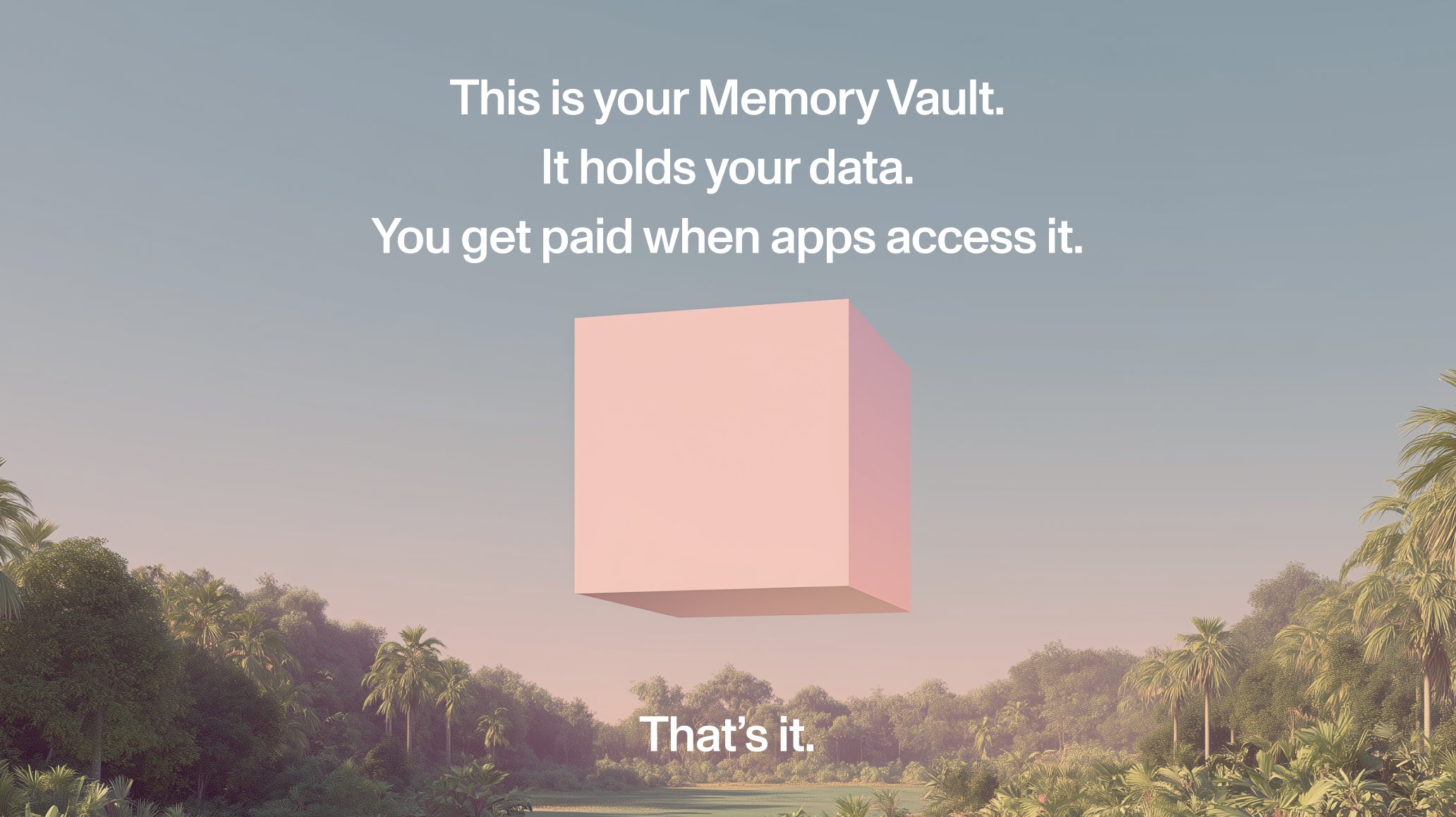By Marathon Money
Every time you log into Facebook, post on Instagram, or scroll through TikTok, you’re leaving behind data—likes, shares, connections, watch time, clicks. Companies spend billions collecting it, analyzing it, and monetizing it. And yet, the people who generate the data—the users—rarely see a dime.
What if that could change?
Enter Memory Protocol, a new cryptocurrency-powered ecosystem designed to flip the script. Instead of tech giants harvesting and profiting from our digital footprint, Memory aims to give users control of their data, the ability to port it across apps, and even the chance to get paid in tokens for sharing it.
The project launched its token, $MEM, in September 2025. Early trading has already seen spikes, with the token up 27% in 24 hours and an FDV (fully diluted valuation) topping $100 million. That’s not just hype—it’s a sign of early investor curiosity about whether Memory Protocol could be more than just another token in the endless crypto sea.
So, what could this really become?
The Case for Memory: A User-Owned Digital Identity
The premise is simple yet radical:
- You connect your wallet.
- You link your accounts—Twitter, Spotify, GitHub, Farcaster, email, ENS.
- Memory aggregates your identity graph into one portable “Memory” you own.
That Memory becomes a data hub: your posts, your follows, your music tastes, your purchase history, even the concerts you’ve attended. Developers and apps can access this data—but only if you allow it, and only if they pay. Payments are made in $MEM tokens, which get distributed back to users.
Suddenly, the equation flips: your data is no longer just the product—it’s your asset.
Why This Matters: The Value of Information
Think about how much the world runs on data.
- Facebook made over $134 billion in ad revenue in 2023, almost entirely from using data to target ads.
- LinkedIn’s hiring tools depend on data about career history and skills.
- Netflix recommendations? Spotify playlists? Amazon purchases? All data-driven.
We are living in a data-first economy. Companies that control data, control markets.
But here’s the kicker: we give it away for free.
Memory Protocol is asking: What if users got to share in the upside? What if the power dynamics changed, and every “like,” every “follow,” every “streamed song” became part of a user-owned portfolio of value?
Scenarios: How Big Could This Be?
Let’s play this out.
Scenario 1: The Social Graph Disruption
Today, if you lose your Twitter account, your network disappears. On Instagram, your followers stay trapped inside Meta. But what if your followers traveled with you? You could move platforms and keep your influence intact. This alone could upend the social media model.
Scenario 2: Personalized Apps With User Buy-In
A new dating app wants to launch. Instead of scraping data or relying on Facebook logins, it plugs into Memory. Users willingly sell slices of their identity graph—music tastes, interests, networks. The app gets richer matches, and the users get rewarded in $MEM.
Scenario 3: The Investor Play
With only 15 million MEM tokens circulating (out of a billion total), the market cap sits at just $1.6 million. If adoption grows and data becomes as tradable as tokens themselves, could MEM trade at valuations closer to social media market caps? The speculative potential here is enormous—though risky.
Scenario 4: The Ethical Data Revolution
Imagine a world where consent-driven data economies replace covert harvesting. No more “hidden” tracking. Instead, you choose: do I sell my Spotify history? My travel record? My purchase log? Each choice equals an income stream. That’s a paradigm shift.
Could Memory Be the Next Facebook—or the Next Bust?
This is the big question for investors.
On one hand:
- Data is the new oil.
- Web3 is still hungry for a killer use case that mainstream audiences understand.
- Identity portability is a pain point across platforms.
On the other hand:
- Scaling an open-data protocol requires buy-in from both users and developers.
- The tokenomics (1 billion supply, long vesting horizon) means dilution risk.
- Big Tech won’t give up their walled gardens easily.
So, could Memory grow into the decentralized Facebook of identity, or will it remain a niche tool for crypto-native users?
The Investor Angle: Playing Memory on Marathon Money
At Marathon Money, we ask questions others don’t:
- What if $MEM becomes the currency of user-owned identity?
- What happens if a new social platform adopts Memory and bypasses the need for Facebook logins?
- What if, instead of being the product, we become the shareholders of our data?
$MEM today is an early-stage token with high volatility. The upside? Immense, if adoption materializes. The risk? Equally large—if users don’t care, or if big incumbents shut it down.
But this is where investing gets interesting. Information has always been valuable. Now, it’s becoming investable.
Conclusion: What Could Memory Become?
Could Memory Protocol be the first project to truly make data ownership mainstream? Could it spark a revolution where every click, like, and follow is not just a digital trace, but a monetizable asset in your personal portfolio?
Or will it remain an idealistic experiment, overshadowed by the entrenched giants of Silicon Valley?
We don’t know yet. But what we do know is this: the world is waking up to the fact that data is power, and whoever controls it, controls the game. For the first time, Memory Protocol is offering users a seat at that table.
At Marathon Money, we’ll be watching closely. Because the question isn’t just what is Memory Protocol today—the real question is:
What could Memory become tomorrow?
Discover more from Marathon Money +
Subscribe to get the latest posts sent to your email.
